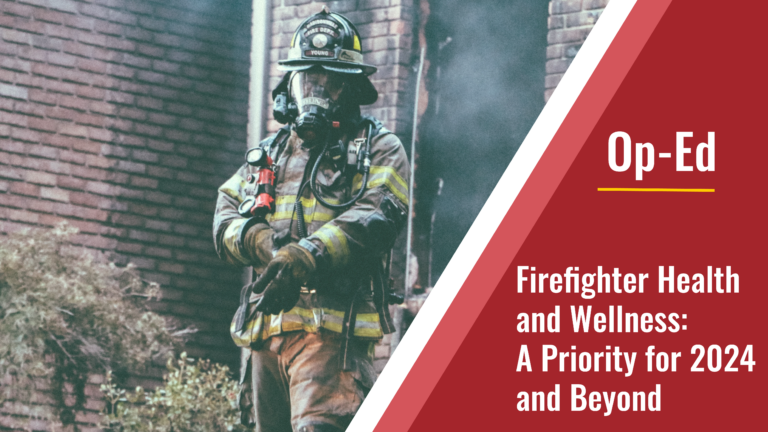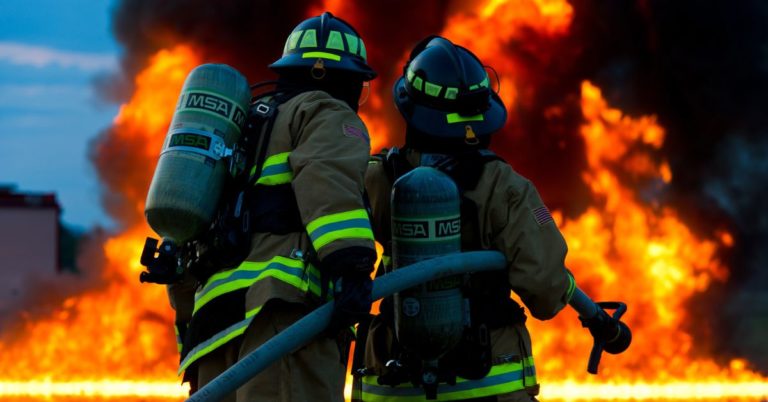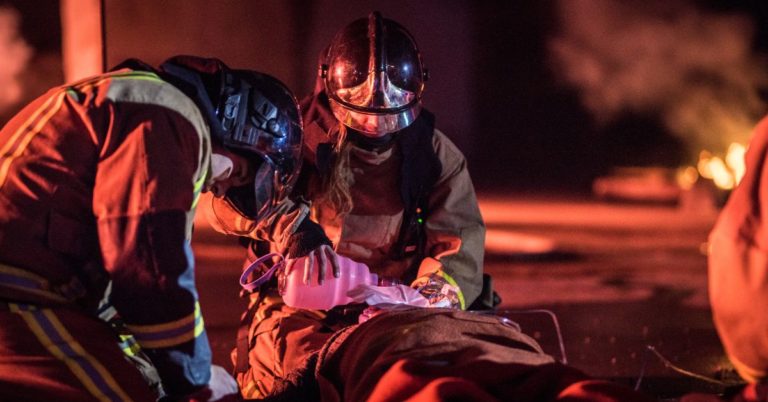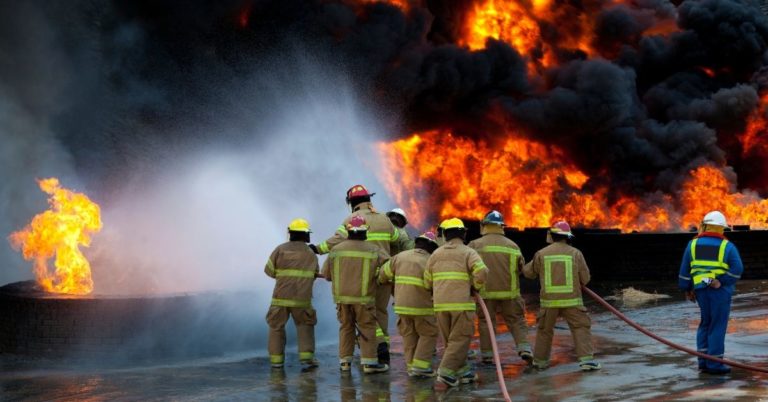Battling wildfires is one of the most dangerous professions on earth. Recently, wildfires seem to have been burning larger and more frequently, making the job of the firefighters who battle the blazes all the more risky. Compared to battling fires in urban environments, wildfire fighting is an entirely different beast.
Wildland Fire Service
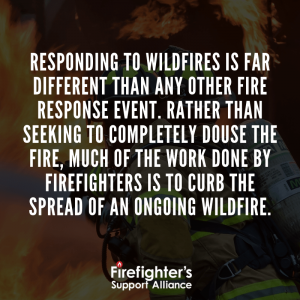
Responding to wildfires is far different than any other fire response event. Rather than seeking to completely douse the fire, much of the work done by firefighters is to curb the spread of an ongoing wildfire. This includes hours of digging and clearing to create fire blocks. The work is extremely strenuous and the conditions are excessively hot. These conditions, endured for long periods of time, increase the risk of wildland firefighters experiencing cardiac trouble such as a heart attack- which happens to be the leading cause of death among firefighters in the United States.
Last summer, California experienced the worst wildfires in its history. The fires, which burned hundreds of thousands of acres in northern California, also claimed the lives of six firefighters. Their tragic deaths illustrate just how dangerous fighting wildfires is. Large wildfires are unpredictable as they fuel off dead vegetation and generate their own winds that allow them to spread at an alarming pace. That is what happened to firefighter Corey Iverson who was overtaken by fast-moving flames as he evacuated residents from one of the California wildfires.
Wildland Firefighter Fatalities
According to the US Fire Administration’s most recent report on firefighter line of duty deaths, 10 firefighters were killed in the line of duty responding to wildfires. There is no definable trend in wildland fire deaths over the past ten years. In 2013, for example, 31 firefighters lost their lives responding to wildfires. In 2014 that number dropped to 11. These spikes and dips in wildland fire deaths illustrate just how unpredictable wildfires can be, and how dangerous responding to them is for firefighters.

